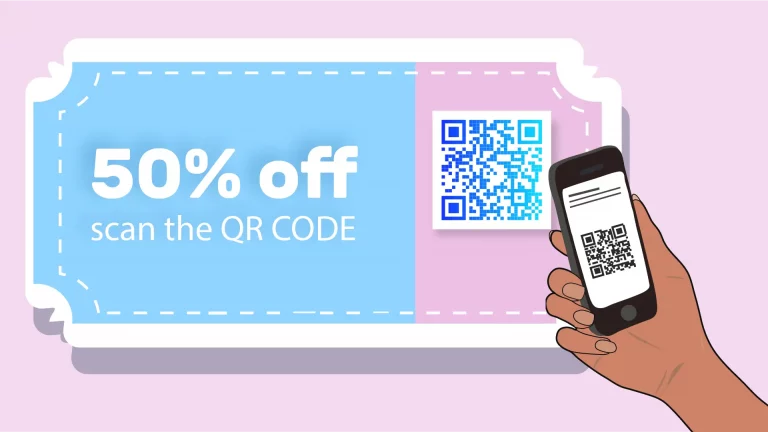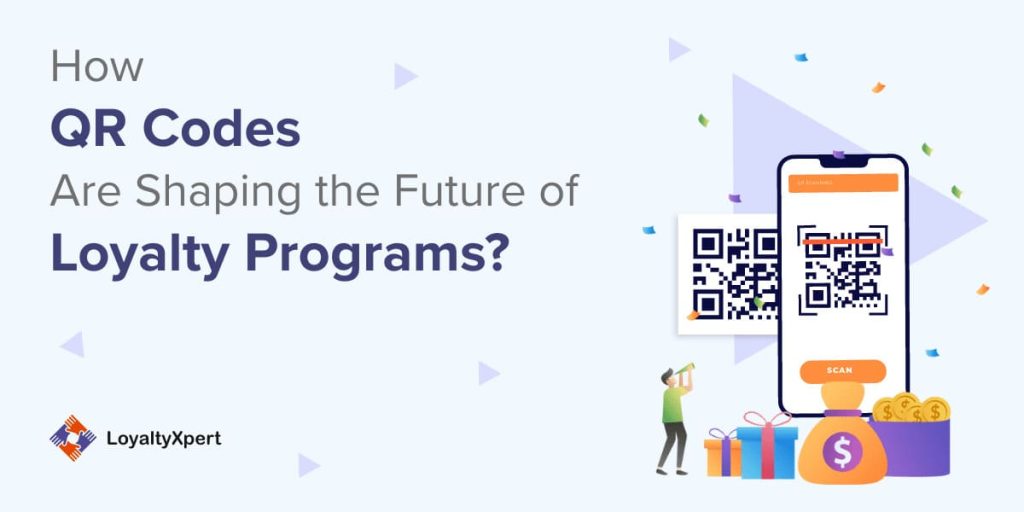Increase Customer Retention With a Powerful Commitment System
In today's competitive industry, improving client retention is not merely beneficial but essential for sustained growth. A properly designed commitment system offers as an essential tool in this undertaking, cultivating meaningful connections in between businesses and their clients. By understanding the fundamental components of efficient loyalty programs, companies can customize their methods to meet varied consumer requirements.
Relevance of Consumer Retention
Consumer retention is a cornerstone of sustainable organization success. It mirrors the capability of a business to keep its clients satisfied and involved with time, causing repeat acquisitions and long-term productivity. Keeping existing consumers is frequently extra cost-efficient than obtaining brand-new ones, as it lowers marketing expenses and cultivates a dedicated consumer base that supports for the brand name.

On top of that, high client retention rates can enhance a business's online reputation in the market, attracting new customers with favorable word-of-mouth and recommendations. Businesses that prioritize client retention are likewise much better positioned to collect valuable feedback, enabling them to improve their offerings and address potential problems proactively. Inevitably, effective consumer retention methods develop a solid foundation for development, allowing organizations to thrive in an increasingly affordable landscape.
Trick Components of Commitment Programs
A properly designed commitment program offers as an effective device for improving consumer retention by supplying motivations that encourage repeat organization. To attain this, several crucial components need to be included right into the program.
First, a clear structure for incentives is important. Clients ought to quickly recognize how to gain benefits or factors, which can be based on acquisition regularity, costs levels, or specific activities like referrals. This transparency cultivates count on and motivates interaction.
Second, customization plays a crucial function. Tailoring incentives and communication to individual choices improves consumer complete satisfaction and reinforces relationships. By leveraging information analytics, organizations can provide targeted promos that reverberate with customers' interests.
Third, simplicity of usage is vital. A seamless sign-up process and an user-friendly interface for tracking incentives can substantially improve customer experience. If consumers find it cumbersome to browse the program, they may disengage.
Finally, regular communication and updates regarding the program keep it top-of-mind for customers. Notifying them of new rewards, exclusive deals, or program adjustments aids maintain rate of interest and involvement.
Including these components successfully can result in an extra successful loyalty program that dramatically enhances client retention.
Sorts Of Loyalty Systems
Checking out numerous types of commitment systems exposes distinctive techniques that businesses can take on to cultivate client retention. One typical type is the points-based system, where customers earn points for every single purchase, which can later be redeemed for rewards. This uncomplicated approach incentivizes repeat acquisitions and keeps consumers involved.
Cashback commitment programs, where clients obtain a percentage of their acquisitions back as money or store credit scores, are likewise preferred. This model directly rewards investing, creating a prompt incentive for clients to return.
Furthermore, subscription-based loyalty systems offer clients with unique benefits for a repeating fee. This strategy not just ensures a stable earnings stream however additionally promotes lasting connections with customers that value ongoing advantages.
Finally, experiential loyalty programs concentrate on providing special experiences, such as unique occasions or tailored services, boosting emotional connections and brand name loyalty. Each sort page of commitment system provides distinct advantages, enabling organizations to straighten their approaches with customer preferences.
Finest Practices for Implementation
When implementing a commitment system, businesses ought to prioritize comprehending their customer base to customize the program efficiently. Carrying out extensive study to determine client actions, choices, and motivations is important. This insight will certainly guide the design of the loyalty program, ensuring it resonates with the target audience.
Choosing a version that straightens with client expectations can boost involvement. Furthermore, simplicity is important; clients must easily understand just how to make and retrieve rewards.
Assimilation with existing systems is an additional finest practice. The commitment program need to flawlessly get in touch with point-of-sale systems, mobile apps, and client connection administration (CRM) tools to give a natural experience. Furthermore, efficient communication is vital. Companies should regularly advertise the loyalty program via numerous channels, ensuring clients recognize the benefits.
Last but not least, gathering continuous responses is vital for continual renovation. Obtain customer input to refine the program and adapt to transforming choices, inevitably cultivating long-term loyalty and improving consumer satisfaction.
Determining Loyalty Program Success
Successfully executing a commitment program lays the groundwork for gauging its performance. To determine success, businesses have to develop clear metrics that straighten with their goals. Key performance indications (KPIs), such as client retention prices, ordinary transaction value, and frequency of repeat acquisitions, provide beneficial insights into program performance.
One more essential step is the redemption price, which suggests exactly how frequently clients utilize their incentives. A high redemption price usually shows a program's attractiveness and relevance to customers. Furthermore, tracking consumer engagement through involvement additional hints in special promos or occasions can reveal patterns in commitment actions.
Customer feedback is likewise vital; surveys and emphasis groups can illuminate assumptions of the commitment program, highlighting areas for enhancement. Evaluating consumer lifetime value (CLV) can assist measure the economic influence of commitment initiatives.
Implementing these dimension methods permits organizations to examine the program's performance continuously. This data-driven approach allows informed choices for enhancing offerings, boosting client experiences, and eventually cultivating deeper customer commitment. By frequently assessing these metrics, companies can Home Page guarantee their commitment programs develop in tandem with client expectations and market dynamics.

Verdict
In final thought, a well-structured commitment program dramatically enhances client retention by fostering strong links through personalized rewards and effective communication. Applying best techniques ensures that the program remains user-friendly and pertinent, while constant comments facilitates continuous enhancements. Eventually, an effective loyalty system not only increases client fulfillment yet likewise drives repeat purchases, establishing a dedicated consumer base that is critical for long-term service success and maintained success.
Retaining existing clients is commonly more cost-efficient than acquiring new ones, as it lowers marketing costs and fosters a dedicated customer base that advocates for the brand.
In addition, high client retention prices can boost a firm's reputation in the market, bring in new clients through favorable word-of-mouth and references.When applying a loyalty system, services ought to prioritize understanding their client base to customize the program efficiently. Services must frequently advertise the loyalty program via various channels, making sure clients are aware of the benefits.
Inevitably, a powerful commitment system not only increases client contentment yet likewise drives repeat purchases, establishing a loyal client base that is important for long-term company success and sustained profitability.